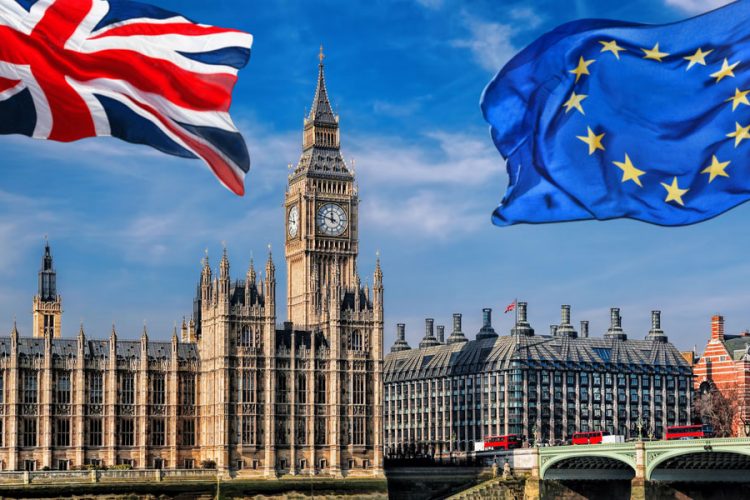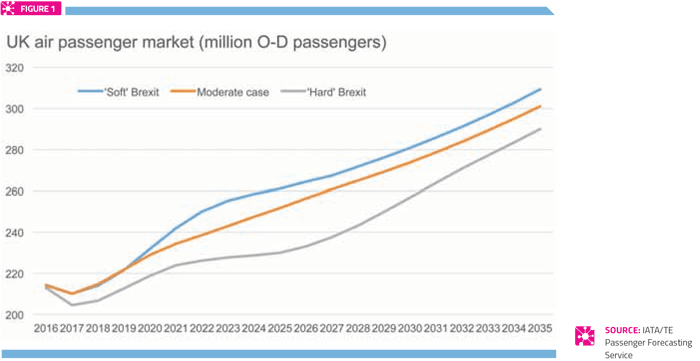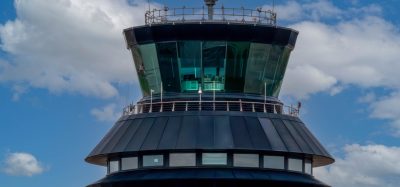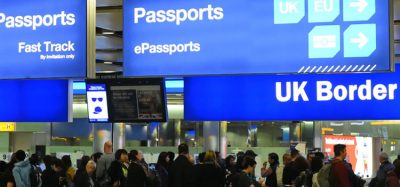The potential impact of Brexit on air travel in the UK
Posted: 24 February 2017 | Brian Pearce (Chief Economist: IATA) | No comments yet
‘Brexit’ has created a unique challenge for regulators and economists. Forecasting the new arrangements the UK will develop with the EU – and the economic impact of those arrangements – is fraught with uncertainty. Brian Pearce, Chief Economist at IATA, discusses the potential impact for air travel in the UK…


Bluntly, we are in uncharted territory. Nevertheless, having investigated the most likely regulatory options, using UK Treasury estimates and our own modelling of expected passenger flows, IATA’s economics team has analysed the possible impacts on demand for air travel to the UK, the world’s third-largest origin-destination market. Our view is that the three distinctive Brexit regulatory options – ‘soft’, ‘medium’ and ‘hard’ – produce three distinct economic impact scenarios of varying difficulty for the UK. In noting these options, however, it should be remembered that even under the hardest Brexit, the UK air travel market is still set for substantial growth in the coming decades.
Three regulatory options facing the UK
Once the UK notifies the EU of its intention to leave under Article 50 of the Treaty on European Union, it will have two years to negotiate the exit terms. The Prime Minister has indicated that the timing of this notification will be towards the end of the first quarter of 2017. Given the complexity and scope of the negotiations, the UK Government has warned that 24 months would likely be insufficient time to complete all the necessary processes. Indeed, some commentators have argued that the process could take more like five-10 years, which was the case for the EU-Canada trade agreement.
Once Article 50 is triggered, the clock will begin ticking on a race to secure a workable regulatory framework for UK aviation and its relationships with the EU and the wider world.
In the negotiations, on the terms of withdrawal from the EU under Article 50 of the Treaty on European Union, the discussions will need to clarify a new trading relationship between the UK and the EU, and its new trading relationships with the rest of the world. And all of these changes will need to be incorporated into the UK’s domestic regulatory and legislative framework.
IATA’s analysis takes as its starting point the three basic regulatory options that might be adopted with regard to the UK’s aviation relationship with Europe. These scenarios comprise ‘Three Degrees’ of risk and complexity:
- Membership of the European Economic Area (EEA), which is the model currently followed by Norway and which ensures full access to the Single Market
- Bespoke bilateral arrangements, akin to the bilateral agreements between the EU and Switzerland
- WTO relationship (i.e. no special arrangement with the EU).
‘Here I am’: ECAA membership
Membership of the European Common Aviation Area would provide the most straightforward avenue for continued access to the Single Aviation Market, which extends access to the single market to a range of non-EU members.
However, membership of the ECAA requires acceptance of EU aviation law across all areas, thus severely limiting the UK’s policy freedom. The same would apply to regulations more generally if the UK were to join the European Economic Area. For example, the strongest legal impediment to airport expansion comes from EU local air quality rules which would still apply to the UK if EU membership were exchanged for EEA membership.
Beyond Europe, other air services agreements would need to be negotiated to ensure continued access to markets as important as the U.S. and Canada among others. However, ECAA members Norway and Iceland are both parties to the EU-U.S. agreement despite not being in the EU, so this would likely be a scenario that the UK could look to replicate.
‘Distant lover’: UK-EU comprehensive agreement
An alternative to formal membership of the ECAA would be to negotiate a bespoke comprehensive agreement, equivalent to the EU-U.S. or EU-Canada agreements, for example. This would potentially enable the UK to limit its exposure to the full raft of EU aviation law. While this scenario might preserve some policy freedom for UK law-makers, the UK would have no influence over policy-making in Brussels.
‘We’re all alone’: No formal arrangement
This option would result in Brexit leading to a full divorce and a clean break in aviation terms. Any bilateral air services arrangements between the UK and the EU would be strictly limited to market access. This option would secure maximum policy freedom for UK policy-makers with the only supra-national influence coming through the multilateral Chicago Convention framework of ICAO. At the same time, the UK could be excluded from European initiatives such as the Single European Sky which it has long promoted and championed.
Economic impacts highly dependent on regulatory outcome
HM Treasury expects Brexit to deliver an economic shock to the UK including a weaker currency, and slower economic growth and investment.
The uncertainty around the future regulatory environment is likely to amplify any negative economic impacts. It also follows that the more protracted the process of agreeing new terms between the UK and the EU, the greater the negative impact on investment and many other types of activity. This creates a potential trade-off between reaching a quick deal to mitigate the short-term impacts and reaching the best deal to lessen the long-term economic consequences of Brexit.
In the longer term, the regulatory impact on the aviation sector will depend on the nature of the exit terms and future arrangements between the UK and the EU. In effect the choice comes down to a trade-off between two key issues; access for UK airlines and customers to the European Single Aviation Market and policy freedom for the UK to set its own regulations. Therefore, a key consideration in understanding the regulatory implications of Brexit is the extent to which the UK is willing or able to negotiate continued access to the Single Aviation Market.


Market access is the crucial factor
Taken as a whole, the EU is easily the single biggest destination market from the UK, accounting for 49% of passengers and 54% of scheduled commercial flights. Taking into account those countries that have access to the Single Aviation Market as members of the European Common Aviation Area (ECAA) which includes Iceland, Norway and a number of Balkan countries, the importance of market access becomes even more significant.
Of course, the importance of the issue is not just relevant to UK consumers and airlines; the UK is also a very important destination market for air travellers across Europe and is an important source of business for all major European airlines. In addition to market access, the UK participates in numerous technical programs to facilitate the movement of both passengers and cargo. Continued participation in these schemes will also have an impact on UK competitiveness.
Given the inherent uncertainty about how Brexit negotiations will proceed, IATA and Tourism Economics have modelled the impact of the three different Brexit scenarios from ‘soft’ to ‘hard’. Under all three scenarios, the biggest aviation impacts are expected to be on traffic between the UK and the EU.


The ‘hard’ scenario sees a clean break with Europe in both economic and aviation terms and involves the greatest disruption in both the short and the long run. Under such a scenario, we would expect the UK passenger market to be around 6-6.5% smaller in 2035 than in the ‘soft’ Brexit case (290 million passengers to, from and within the UK in 2035 compared to 309 million in the ‘soft’ scenario). However, even under the ‘hard’ scenario, the UK passenger market is expected to be 45.5% larger in 2035 than it was in 2015. This is consistent with an additional 90.7 million passengers travelling in 2035 compared to the 2015 level (Table 1 and Figure 1).
Once Article 50 is triggered, the clock will begin ticking on a race to secure a workable regulatory framework for UK aviation and its relationships with the EU and the wider world. The modelling we have done shows that the extent to which the UK is prepared to bind itself to the existing European Common Aviation Area will to a large degree govern the magnitude of the economic fallout. While the UK is still set to grow the size of its air passenger market regardless of the regulatory result, the wider economic consequences of lower relative aviation growth will undoubtedly amplify the impact on jobs and GDP. This year of decision has only been the start of the difficult choices facing the UK government. Where they go next will decide whether it will be more heartache for the UK.


Join our free webinar: Transforming Airport Security – Innovation, Impact, and the Passenger Experience
The landscape of airport security is undergoing a profound transformation, driven by evolving threats, technology, and passenger expectations. This webinar focuses on how AtkinsRéalis has been transforming security processes at some of the world’s busiest airports with smarter, more adaptive solutions.
Date: 4 Nov | Time: 14:00 GMT
REGISTER NOW TO SECURE YOUR SPOT
Can’t attend live? No worries – register to receive the recording post-event.

















